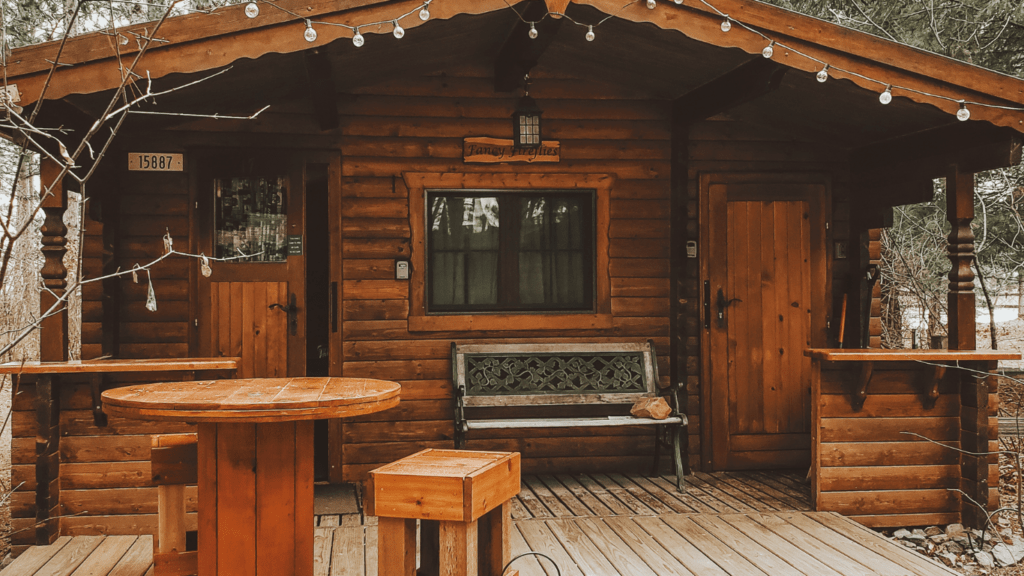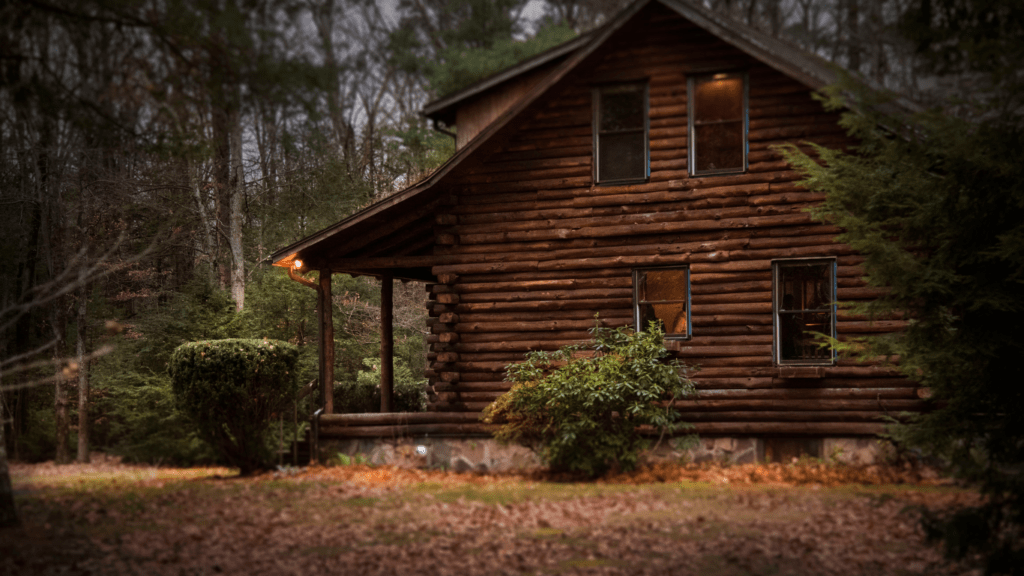In today’s rapidly evolving real estate landscape, the shift towards sustainable practices has become more than just a trend—it’s a necessity. As a seasoned observer of the industry, I’ve witnessed firsthand the rise of green buildings and the profound impact they’ve had on the market. From energy-efficient designs to eco-friendly materials, the focus on sustainability in real estate is reshaping the way we view property development.
Green buildings are not only environmentally conscious but also financially savvy investments. In this article, I’ll delve into the sustainability trends that are driving the growth of green buildings in the real estate sector. Join me as we explore how these eco-friendly structures are not only reducing carbon footprints but also attracting a new wave of conscious consumers and investors looking to make a positive impact on the planet.
Environmental Benefits of Green Buildings
Green buildings offer a range of environmental benefits that contribute to a more sustainable future. These benefits include improved energy efficiency, water conservation, and a significant reduction of carbon footprint.
Energy Efficiency
Green buildings are designed to maximize energy efficiency by utilizing technologies and strategies that reduce energy consumption. Features such as efficient insulation, LED lighting, and smart heating, ventilation, and air conditioning (HVAC) systems help decrease overall energy usage. By optimizing energy efficiency, green buildings lower greenhouse gas emissions and lessen their environmental impact.
Water Conservation
One of the key advantages of green buildings is their focus on water conservation. Through the incorporation of water-saving fixtures, rainwater harvesting systems, and efficient irrigation methods, these buildings significantly reduce water consumption. By conserving water resources, green buildings help address water scarcity issues and promote sustainable water management practices.
Reduction of Carbon Footprint
Green buildings contribute to the reduction of carbon footprint by minimizing greenhouse gas emissions throughout their lifecycle. The use of renewable energy sources like solar panels, combined with energy-efficient designs, results in lower carbon emissions compared to traditional buildings. By reducing carbon footprint, green buildings play a crucial role in combating climate change and promoting environmental sustainability.
Financial Advantages of Green Buildings
Green buildings offer substantial financial advantages, with cost savings being a key factor. Let’s explore how these sustainable structures provide economic benefits through streamlined operations and reduced expenses.
Cost Savings in Operations
In green buildings, operational costs are significantly lower due to their energy-efficient features. These buildings utilize technologies like efficient insulation and smart HVAC systems to reduce energy consumption. As a result, companies or individuals operating within green buildings enjoy reduced utility bills and lower overall operational expenses.
Impact of Green Buildings on Real Estate Market
Discussing the impact of green buildings on the real estate market is pivotal in understanding the shifting trends in sustainable property development. Green buildings are revolutionizing the real estate sector by incorporating environmentally friendly features that not only benefit the environment but also provide significant advantages to property owners and occupants.
- Increased Property Value:
Green buildings are known to command higher property values compared to traditional buildings. The incorporation of sustainable features such as energy-efficient appliances, solar panels, and green roofs enhances the overall appeal of the property. Buyers and tenants are willing to pay a premium for green spaces due to their lower operational costs and eco-friendly design. - Rising Demand and Occupancy Rates:
The growing awareness of environmental issues and the desire for healthier living spaces have fueled the demand for green buildings. Property developers are witnessing an increase in occupancy rates for sustainable buildings as more individuals and companies prioritize eco-conscious choices. - Regulatory Advantages:
Government initiatives and regulations promoting sustainable practices in real estate have further boosted the demand for green buildings. Incentives such as tax credits, grants, and subsidies encourage developers to invest in eco-friendly projects, contributing to the expansion of green building initiatives. - Cost Savings and Operational Efficiency:
Green buildings offer substantial cost savings over their lifecycle. From reduced utility bills to lower maintenance costs, sustainable properties provide long-term financial benefits to owners and tenants. Energy-efficient designs and water-saving features contribute to operational efficiency, making green buildings a financially attractive option in the real estate market. - Market Differentiation and Competitive Advantage:
In a competitive real estate market, green buildings stand out as a sustainable choice for investors, tenants, and buyers. The eco-friendly features of green buildings differentiate them from traditional properties, attracting environmentally conscious individuals and businesses looking to align their values with their real estate investments.
The impact of green buildings on the real estate market is evident in the increasing shift towards sustainable practices and eco-friendly designs. From financial benefits to environmental advantages, green buildings are reshaping the way properties are developed, marketed, and perceived in the real estate industry.
Future Outlook for Green Buildings
Reflecting on the future of green buildings in the real estate sector, it’s evident that sustainable practices will continue to drive significant changes and advancements in the industry. As sustainability becomes a core consideration for developers, investors, and occupants, the trajectory of green buildings points towards continued growth and innovation.
I foresee a continued emphasis on energy efficiency and eco-friendly designs in green buildings. The integration of cutting-edge technologies, such as smart systems and IoT devices, will further optimize energy usage and enhance overall sustainability performance. This technological evolution will not only increase the operational efficiency of green buildings but also provide more data-driven insights for continuous improvement in sustainability standards.
Moreover, the future landscape of green buildings will witness a heightened focus on health and well-being aspects. Designs that prioritize indoor air quality, natural lighting, and biophilic elements will gain traction, catering to the occupants’ holistic well-being. This shift towards wellness-centric building solutions aligns with the increasing awareness of the impact of the built environment on human health and productivity.
In terms of market dynamics, green buildings are poised to maintain their competitive edge and market differentiation. With the growing emphasis on environmental stewardship and corporate social responsibility, businesses and individuals alike are becoming more inclined towards sustainable real estate options. This trend not only aligns with global sustainability goals but also ensures long-term value appreciation and resilience for green building investments.
Overall, the future outlook for green buildings in real estate is promising, with sustainability principles driving innovation, value creation, and positive environmental impact. Embracing green building practices is not just a trend but a strategic imperative for the real estate industry to thrive in a rapidly changing landscape. The continued evolution towards greener, smarter, and healthier buildings will shape the future of real estate development, setting new benchmarks for sustainability and performance in the built environment.



 Deborahn McKenneyster, the founder of Residence Resale Tactics, is a dynamic leader with a deep-rooted passion for the real estate market. With years of experience in the industry, Deborahn has cultivated a reputation for her strategic acumen and innovative approach to property resale. Her journey began as a real estate agent, where she quickly recognized the need for a platform that provides actionable insights and practical strategies for agents, investors, and homeowners alike. Deborahn’s vision was to create a resource that not only offers the latest market news but also equips users with the tools to navigate complex transactions and achieve success in a competitive field.
Under her leadership, Residence Resale Tactics has become a trusted source of information for real estate professionals, delivering expert guidance on everything from market trends and investment strategies to creative marketing techniques. Deborahn's commitment to empowering others is evident in her dedication to curating content that is both timely and relevant, helping clients enhance their knowledge and make informed decisions. Her innovative mindset and passion for real estate continue to drive the platform forward.
Deborahn McKenneyster, the founder of Residence Resale Tactics, is a dynamic leader with a deep-rooted passion for the real estate market. With years of experience in the industry, Deborahn has cultivated a reputation for her strategic acumen and innovative approach to property resale. Her journey began as a real estate agent, where she quickly recognized the need for a platform that provides actionable insights and practical strategies for agents, investors, and homeowners alike. Deborahn’s vision was to create a resource that not only offers the latest market news but also equips users with the tools to navigate complex transactions and achieve success in a competitive field.
Under her leadership, Residence Resale Tactics has become a trusted source of information for real estate professionals, delivering expert guidance on everything from market trends and investment strategies to creative marketing techniques. Deborahn's commitment to empowering others is evident in her dedication to curating content that is both timely and relevant, helping clients enhance their knowledge and make informed decisions. Her innovative mindset and passion for real estate continue to drive the platform forward.